Disclosure: This article contains affiliate links. We may earn a commission from purchases at no extra cost to you, which helps our travel content.
When I first stepped foot in Quorn, the gateway to Australia's ancient Flinders Ranges, I was immediately struck by the convergence of rustic outback charm and the immense, star-filled night sky above. As both an astronomy enthusiast and someone who appreciates landscapes where geological history is written in stone, this remote corner of South Australia offers a perfect marriage of my passions. What began as a curiosity about the Southern Hemisphere's dark sky opportunities evolved into one of the most rewarding winter getaways I've experienced—a place where the Milky Way feels close enough to touch and where 540-million-year-old mountains tell stories of Earth's distant past.
Quorn: The Perfect Base for Your Flinders Adventure
Nestled at the southern entrance to the Flinders Ranges, the historic town of Quorn serves as an ideal launching point for exploring this magnificent region. Once a bustling railway hub on the Great Northern Railway, this charming town of roughly 1,200 residents has preserved its early 20th-century character while providing modern amenities for travelers.
The Transcontinental Hotel, with its wide verandas and period details, offers comfortable accommodation with a genuine outback atmosphere. For those seeking self-contained options, I found the Flinders Ranges Motel to provide excellent value with clean, spacious rooms and kitchenettes—perfect for preparing simple meals between adventures.
Don't miss the Quorn Railway Station, home to the famous Pichi Richi Railway—a heritage steam train that operates between Quorn and Port Augusta on select dates. Even if you don't catch a ride, the railway museum offers fascinating insights into the region's transportation history.
For provisions, Emily's Bistro serves hearty country meals using local ingredients, while the Quandong Café (named after the native peach) offers excellent coffee and homemade pastries—ideal for fueling up before a day of exploration.
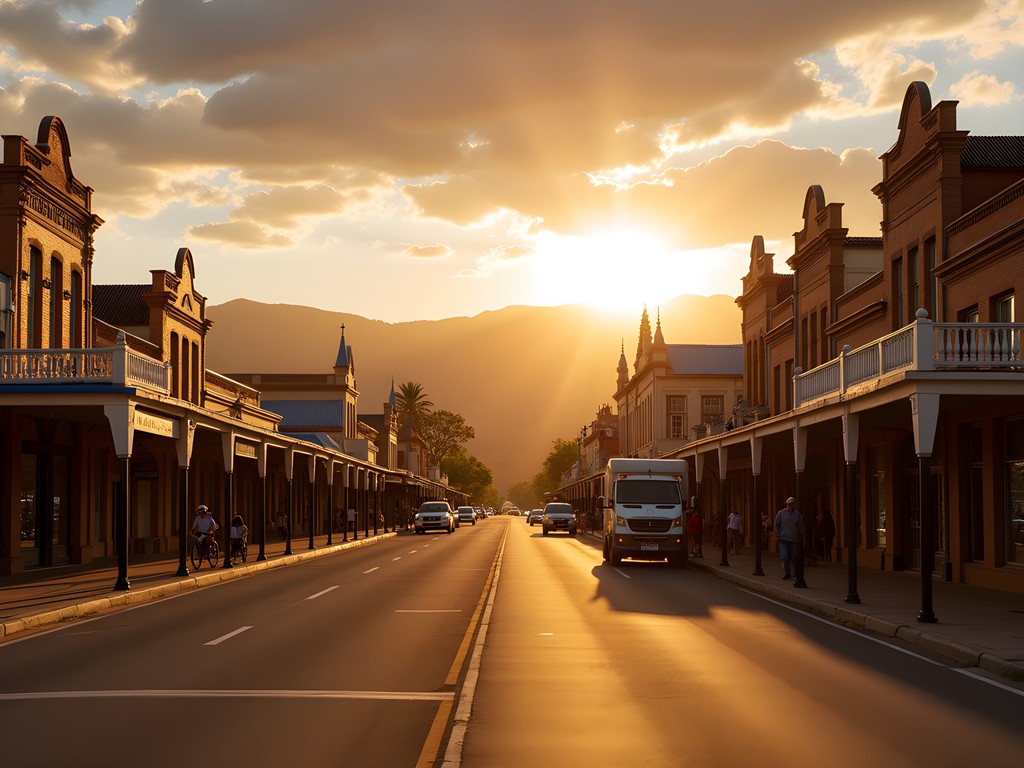
💡 Pro Tips
- Book accommodations well in advance during the popular winter season (June-August)
- The Pichi Richi Railway operates seasonally—check their schedule if you're keen to experience this historic steam train
- Stock up on snacks and water in Quorn before heading deeper into the ranges where services are limited
Stargazing in the Flinders: An Astronomer's Paradise
As someone who grew up scanning the Northern Hemisphere skies with my father, nothing prepared me for the astronomical wonders visible in the Flinders Ranges. The region's combination of high elevation, dry air, minimal light pollution, and southern latitude creates ideal conditions for observing celestial phenomena invisible from North America.
Wilpena Pound, a natural amphitheater of mountains about an hour north of Quorn, offers some of the darkest skies I've encountered. On my recent winter visit, I was able to clearly see the Magellanic Clouds (satellite galaxies of our Milky Way) with the naked eye—a humbling experience that simply isn't possible from Atlanta.
I highly recommend bringing a quality star chart specifically for Southern Hemisphere viewing, as the constellations will likely be unfamiliar to Northern Hemisphere observers. For serious photography, a star tracker mount is essential for capturing long exposures of the galactic core without star trails.
For those without equipment, Arkaroola Wilderness Sanctuary offers guided astronomy tours using their observatory telescopes. Their 14-inch Schmidt-Cassegrain telescope revealed details of the Eta Carinae nebula that left me speechless—a highlight of my astronomical experiences worldwide.
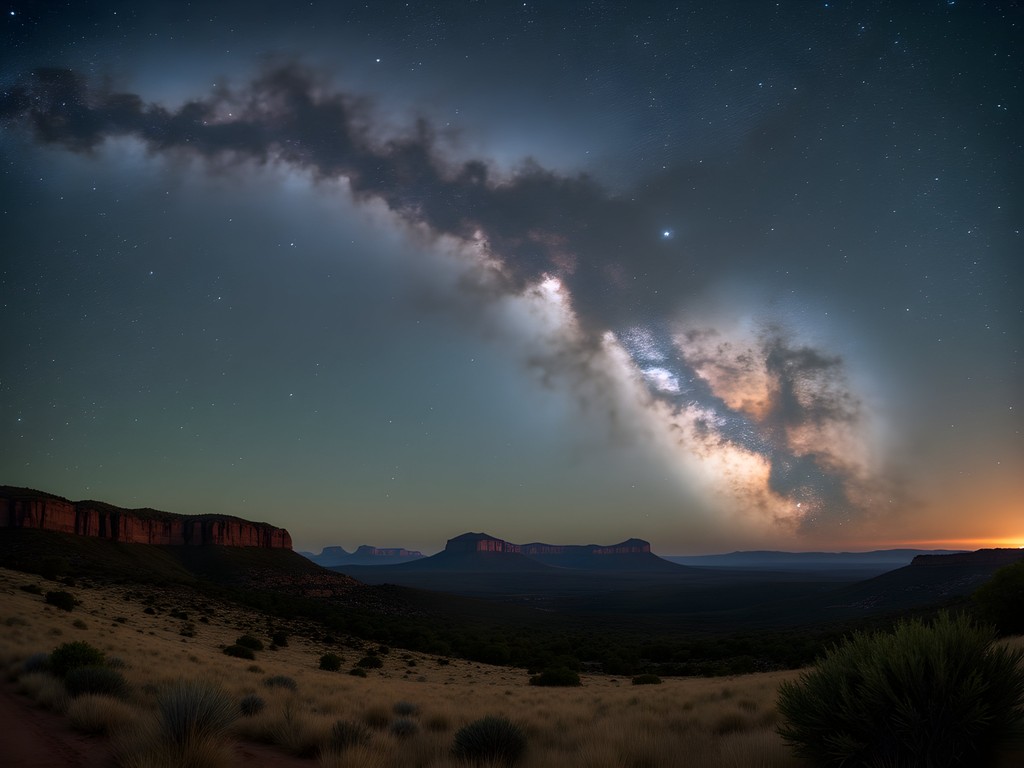
💡 Pro Tips
- Winter (June-August) offers the clearest night skies and comfortable daytime temperatures for exploring
- New moon periods provide optimal stargazing conditions—plan your visit accordingly
- Pack warm layers as nighttime temperatures can drop below freezing, even when days are mild
Exploring the Ancient Geology of Flinders Ranges
The Flinders Ranges represent one of Earth's most significant geological treasures—a place where the planet's history is laid bare in layers of rock dating back over half a billion years. As someone with a professional interest in environmental conservation, I found the region's geological story both humbling and urgent.
Brachina Gorge, accessible via a moderately challenging dirt road (manageable in a standard SUV with careful driving), serves as a natural corridor through 130 million years of Earth's history. The designated geological trail features interpretive signs explaining how these ancient seabeds were thrust upward to form the mountain ranges we see today.
For those interested in paleontology, the Ediacara Hills contain fossils of Earth's earliest known complex multicellular organisms, dating back 550 million years. While the actual fossil beds are protected, excellent examples are on display at the Nilpena Station visitor center.
Wilpena Pound, the region's iconic natural amphitheater, rewards hikers with breathtaking vistas. The moderate 3-4 hour return hike to St. Mary Peak (Ngarri Mudlanha) offers panoramic views that demonstrate the scale of these ancient formations. For this hike, I found my hiking poles invaluable on the steeper sections, especially when navigating loose rock surfaces.

💡 Pro Tips
- Respect geological features by staying on marked trails and never removing rocks or fossils
- Carry plenty of water (at least 2-3 liters per person) for hikes, as the air is extremely dry
- Download offline maps as mobile coverage is spotty throughout the ranges
Indigenous Heritage and Cultural Connections
The Flinders Ranges hold profound cultural significance for the Adnyamathanha people, who have lived in these lands for tens of thousands of years. As a visitor, engaging respectfully with this cultural heritage added immeasurable depth to my understanding of the region.
At Arkaroo Rock in Ikara-Flinders Ranges National Park, a short but rewarding hike leads to ancient ochre and charcoal rock art depicting the creation story of Wilpena Pound. The artwork, protected by overhanging rock, has survived for generations and offers a glimpse into the deep connection between the Adnyamathanha people and this landscape.
In Quorn, I was fortunate to join a guided cultural walk with an Adnyamathanha elder who shared knowledge about traditional plant uses, storytelling traditions, and sustainable land management practices that have valuable applications in modern conservation efforts—something that resonated deeply with my environmental law background.
For those wanting to deepen their understanding before visiting, I recommend reading the cultural guidebook, which provides essential context for appreciating the living cultural landscape you'll encounter.
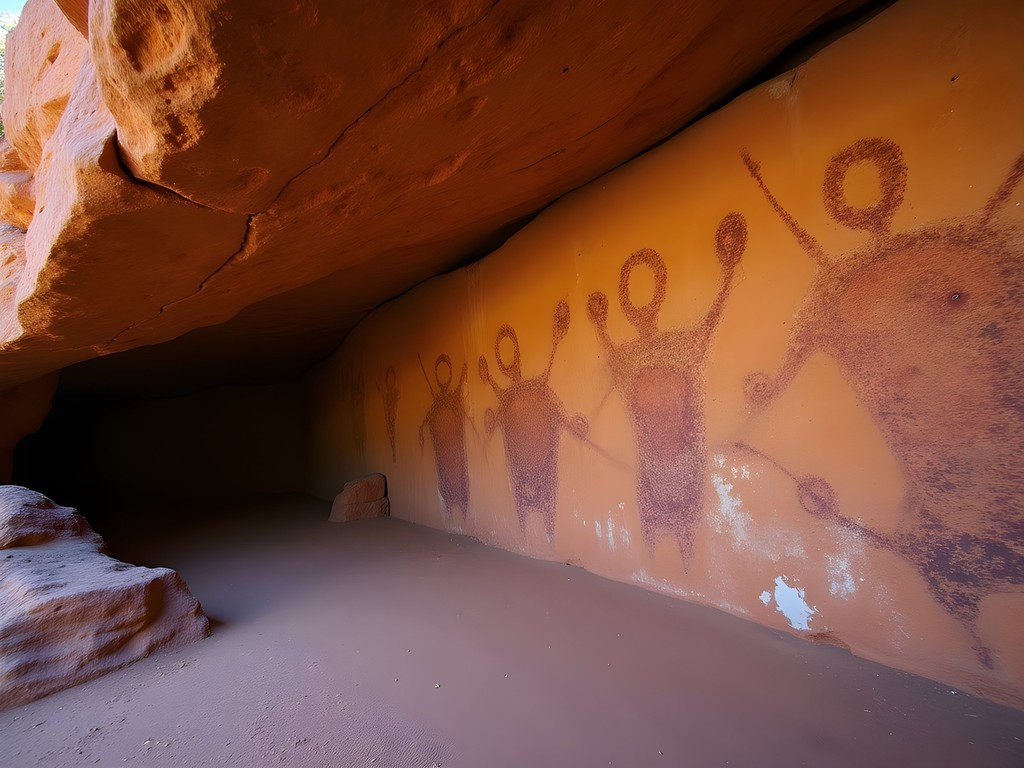
💡 Pro Tips
- Always obtain proper permits before visiting culturally sensitive sites
- Book indigenous-led tours well in advance as they often have limited availability
- Approach rock art sites with respect—never touch the artwork or use flash photography
Beyond Quorn: Day Trips to Surrounding Towns
While Quorn makes an excellent base, several nearby towns offer unique experiences worth a day trip. I found that having a portable cooler in the car was invaluable for keeping drinks and snacks fresh during these explorations.
Hawker (45 minutes north) serves as the artistic heart of the region, with the Jeff Morgan Gallery housing the remarkable Wilpena Panorama—a 360-degree painted representation of the view from St. Mary Peak that must be seen to be believed. The town's Flinders Food Co. café also makes exceptional pastries using native ingredients.
Parachilna, though tiny, is home to the iconic Prairie Hotel, famous for its 'Feral Mixed Grill' featuring emu, kangaroo and camel meat. As someone who appreciates trying local specialties, this was a memorable culinary adventure that connected me to the region's pastoral history.
Blinman, the highest town in South Australia, offers fascinating heritage mine tours that descend into the copper mines that once drove the region's economy. The winding drive to Blinman through Parachilna Gorge is itself worth the journey for its spectacular scenery.
For astronomy enthusiasts, I recommend timing your visit to coincide with one of the stargazing events at Arkaroola Wilderness Sanctuary. Their astronomical tours using professional-grade equipment revealed details of southern sky objects I'd previously only seen in photographs. Having a good red light headlamp is essential for navigating after dark while preserving your night vision.

💡 Pro Tips
- Fill your gas tank whenever possible as fuel stations are widely spaced throughout the region
- Many smaller towns have limited operating hours—check ahead, especially for weekend visits
- Carry cash as card facilities can be unreliable in remote locations
Final Thoughts
As I stood atop Wangara Lookout on my final evening in the Flinders Ranges, watching the setting sun transform Wilpena Pound into a glowing amphitheater of red and gold, I reflected on how this remote corner of Australia had exceeded all my expectations. From the moment-stopping brilliance of the southern night sky to the humbling timeline of ancient rocks, from the living cultural heritage of the Adnyamathanha people to the warm hospitality found in outback towns like Quorn—this region offers experiences that resonate on both scientific and spiritual levels.
For families seeking meaningful connections with nature and science, couples looking for a romantic escape under brilliant stars, or solo travelers drawn to landscapes of profound beauty, the Flinders Ranges deliver experiences impossible to find elsewhere. As both an astronomy enthusiast and someone concerned with environmental conservation, I found this region to be a perfect intersection of my passions—a place where looking up at ancient light from distant stars complements looking down at ancient rocks from Earth's distant past.
I encourage you to make the journey to this special corner of Australia. In an increasingly connected world, places that offer genuine dark skies and geological wonders on this scale become ever more precious. The Flinders Ranges await with stories written in stone and light—all you need to do is come and listen.
✨ Key Takeaways
- Quorn provides an ideal base with historic charm and modern amenities for exploring the Flinders Ranges
- Winter (June-August) offers the best combination of clear night skies and comfortable daytime temperatures
- Book indigenous cultural experiences and astronomy tours well in advance to secure your spot
- Allow at least 5-7 days to properly experience the region's geological wonders, dark skies, and cultural heritage
📋 Practical Information
Best Time to Visit
Winter (June-August)
Budget Estimate
$150-250 AUD per day for accommodations, meals and activities
Recommended Duration
5-7 days minimum
Difficulty Level
Beginner To Moderate



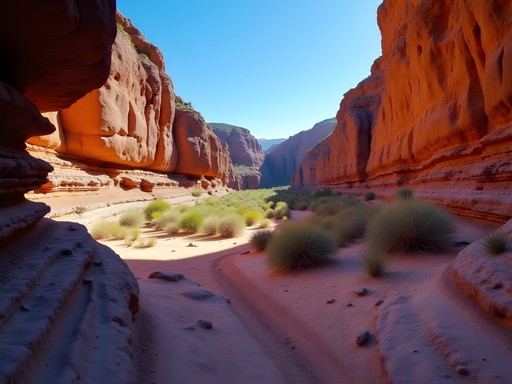

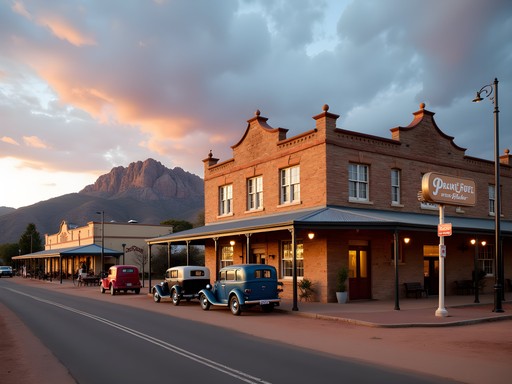


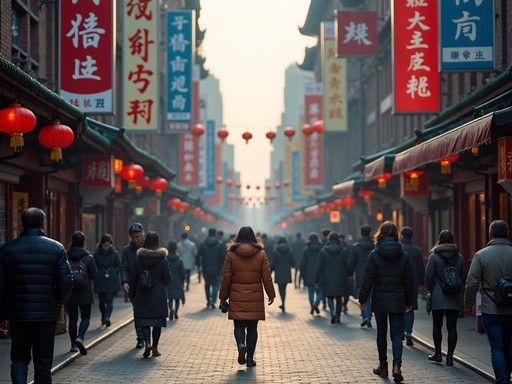
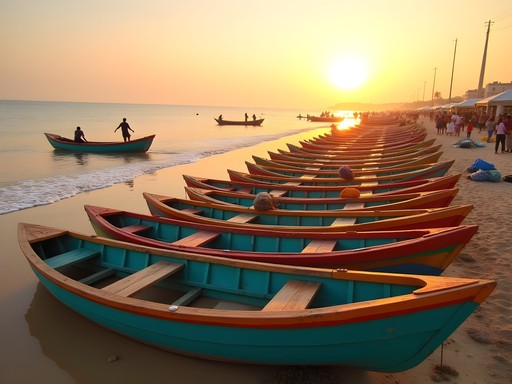


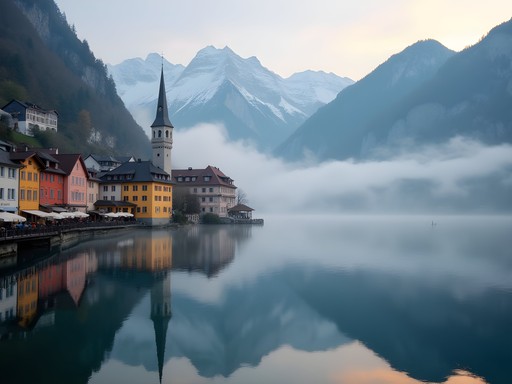
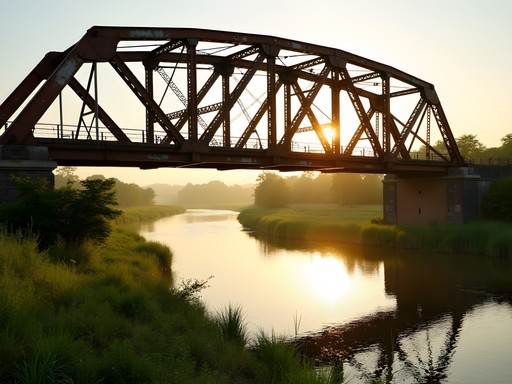
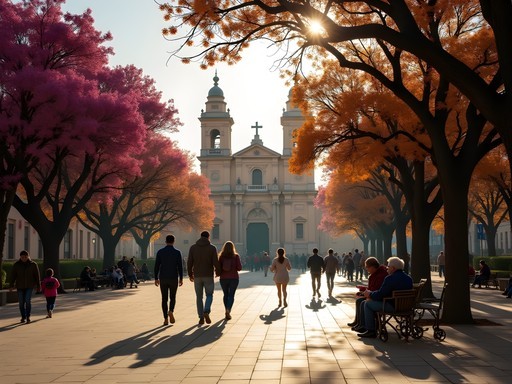
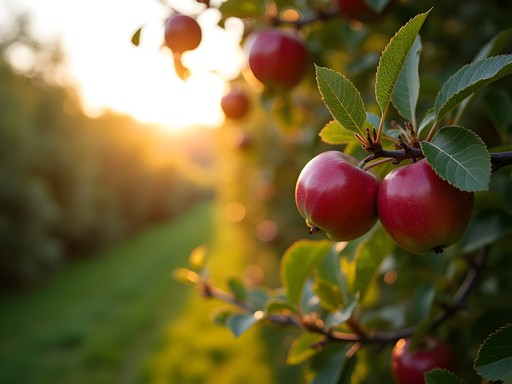
Comments
journeyphotographer
That shot from Wangara Lookout is stunning! What time of day was it taken?
Kyle Martin
Thanks! That was about 30 minutes before sunset in early autumn. The light hits the walls of Wilpena Pound perfectly around that time.
sunsetguide
How's the cell service out there? Need to stay connected for work but really want to visit!
winterguy9389
Pretty spotty once you're in the ranges. Quorn has decent coverage but bring a satellite phone if you absolutely need connection in the remote areas.
vacationclimber
Did anyone take one of the indigenous cultural tours mentioned in the article? Wondering which one is most recommended?
Riley Griffin
We did the Adnyamathanha cultural walk at Wilpena Pound and it was incredible! Our guide shared dreamtime stories about the formation of the landscape that gave everything so much more meaning. My kids still talk about it months later.
Taylor Moreau
Excellent guide, Kyle. I visited the Flinders Ranges on a business trip extension last year and found Quorn to be the perfect base as you suggested. The Prairie Hotel in Parachilna is also worth mentioning - their 'feral mixed grill' featuring emu, kangaroo and camel is quite the experience! One tip for your readers: the temperature variations between day and night are substantial, particularly in winter. Layers are essential even if you're visiting during warmer months. I'd also recommend booking accommodation well in advance if visiting during school holidays, as the limited options in these small towns fill up quickly.
happynomad
Oh yes, the Prairie Hotel! We had lunch there - that feral platter is wild but delicious! And totally agree about the temperature swings - we were freezing at night even though days were warm.
happynomad
Just got back from the Flinders Ranges last week and WOW! Quorn was such a charming little town - we stayed at the Quandong Apartments and loved it. The Pichi Richi Railway was definitely a highlight for us. We also did the stargazing tour at Wilpena Pound Resort and it was mind-blowing - our guide pointed out constellations I'd never seen before! The SkyGuide app was super helpful for identifying stars on our own too. Kyle, your tip about visiting Wangara Lookout at sunset was spot on - probably the most beautiful sunset I've ever photographed!
Kyle Martin
So glad you enjoyed Wangara Lookout! There's something magical about that place, isn't there? The way the light hits Wilpena Pound just before sunset is a photographer's dream.
Dylan Turner
Excellent breakdown of the region, Kyle. I visited Quorn last year and found the Prairie Hotel in Parachilna to be an unexpected luxury outpost worth mentioning. Their 'Feral Mixed Grill' featuring kangaroo, emu and camel is a fascinating culinary experience that connects visitors to the landscape. The geological formations you highlighted are indeed spectacular - the stratification at Brachina Gorge offers a visible timeline spanning 130 million years of Earth's history. I'd add that visiting during winter (June-August) provides optimal hiking conditions, while spring showcases wildflowers across the otherwise arid landscape. My binoculars were essential for both wildlife spotting and stargazing.
vacationclimber
How many days would you recommend staying in the region, Dylan? Planning a trip for next year!
Dylan Turner
I'd suggest 5-7 days minimum. Three nights in Quorn, two in Wilpena Pound Resort if your budget allows. The distances between sites require time, and you'll want to hike without rushing.
AussieWanderer
Your section on Indigenous heritage was spot on, Kyle. We did a guided walk with a local Adnyamathanha elder last winter and it completely transformed how we saw the landscape. All those stories about the creation of Wilpena Pound and the spiritual significance of different sites added so much depth to our visit. The temperature swing between day and night caught us off guard though - was absolutely freezing after sunset! Worth mentioning for anyone planning a trip.
beachway
Which tour company did you use for the Indigenous guided walk?
AussieWanderer
We booked through Wilpena Pound Resort - they have cultural walks led by Adnyamathanha guides. Absolutely worth it!
bluechamp2316
Those night sky photos are incredible! Adding this to my bucket list.
winterguy9389
Just got back from Flinders last month and Quorn was the perfect base! The Pichi Richi Railway was such a highlight - felt like stepping back in time. And Kyle's right about the stargazing... absolutely mind-blowing! We spent three nights just staring up at the Milky Way. If you're heading there, definitely plan for at least one night away from town to see the stars without any light pollution.
Kyle Martin
So glad you enjoyed it! The railway is such a gem. Did you make it to Wilpena Pound?
winterguy9389
We did! Hiked the full loop - those views were worth every step!
photoguide
Great post! I'm planning to visit in September. Is that a good time for stargazing in the Flinders? And do you need a 4WD to get around or is a regular car OK?
Taylor Moreau
September is actually perfect for stargazing there - mild temperatures and typically clear skies. I visited last spring and the Milky Way was absolutely spectacular. As for vehicles, the main roads to Quorn and Wilpena Pound are sealed, but if you want to explore some of the more remote trails, a 4WD is definitely recommended. I hired one in Port Augusta and was glad I did.
photoguide
Thanks Taylor! That's really helpful. Might look into 4WD rental options then.
Venture X
Premium card with 2X miles, $300 travel credit, Priority Pass